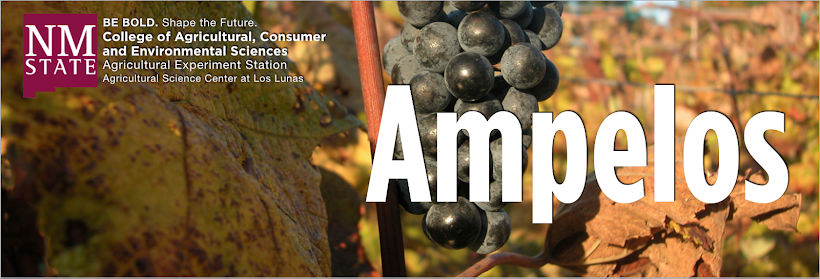Although many of you are not done with harvest just yet...you might want to click on the link below and check out an update/reminder on some vineyard management options after harvest... from Texas A&M Extension:
Post-harvest vineyard management
When you open the document several topics will be presented. One mentions potassium fertilization...Just in case you are wondering if your vines are deficient in potassium, take a look at the photos below.
Before you decide to apply potassium fertilizer...be careful, as potassium levels in the soil can impact the pH of the grape juice that is produced. Dr. Michela Centinari of Penn State University has an excellent and very readable article on managing potassium in the vineyard:
https://extension.psu.edu/assessing-and-managing-potassium-concentration-in-the-vineyard
Dr. Centinari suggests that you monitor the pH and potassium level of the grape juice at harvest, take petiole samples earlier in the season and do not to rely on soil tests alone to determine whether to apply potassium fertilizer.
Check out this slide presentation on potassium and grapevines...
https://aces.nmsu.edu/ces/viticulture/documents/potassium_vineyardwinery_nov11_2017ada.pdf
The slide presentation references a related article in Wines and Vines published in 2016 by Rob Walker and Peter Clingeleffer















